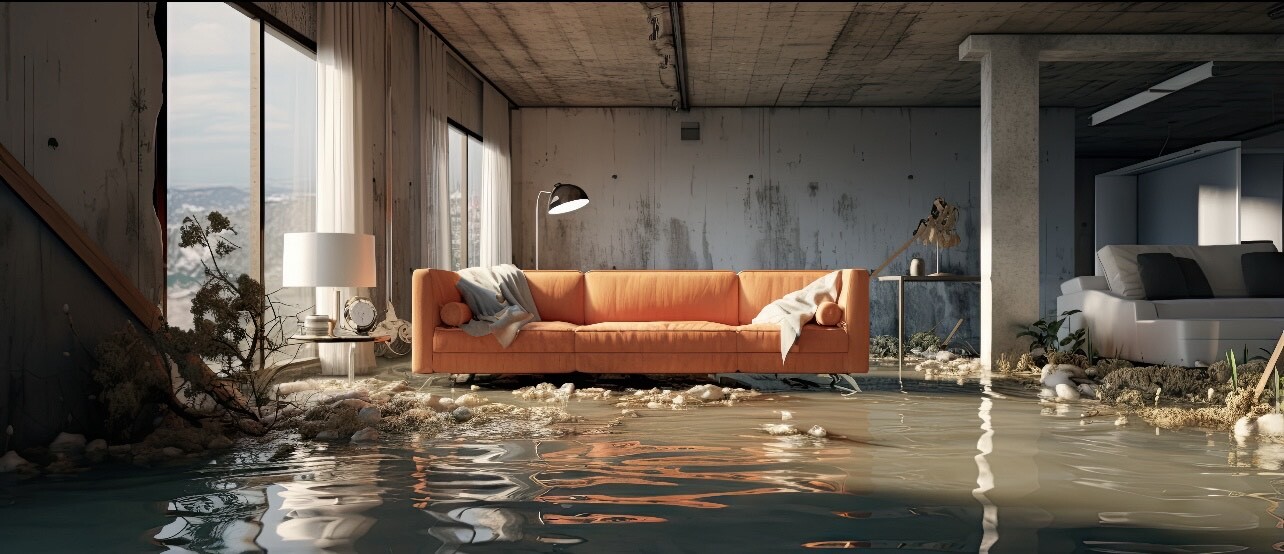
Steps Every Homeowner Should Know for Effective Post-Flood Recovery Sep 14, 2025
First and foremost, safety should be your primary concern. Before stepping into a flooded area, ensure the electricity is turned off to avoid the risk of electrocution. If you are uncertain about how to switch off the main power supply safely, consider calling a professional electrician. Remember, your health and safety are more important than any material possessions.
Once you're certain the environment is safe, the next critical step involves documenting the damage for insurance purposes. Take detailed photographs and notes of everything impacted by the flood. This documentation will be invaluable when filing an insurance claim and can help streamline the process, ensuring you receive adequate compensation for the damages.
With documentation complete, it's time to remove excess water. Using a shop vacuum, buckets, and towels, begin to clear out as much standing water as possible. Speed is crucial here, as the longer water remains, the more extensive the water damage becomes, including the increased likelihood of mold growth. For larger water volumes, or if the task feels overwhelming, contacting a professional water damage restoration service, such as All Clear Restoration, can be a wise decision. Experts have the necessary tools and experience to efficiently handle large-scale water extraction and drying.
Thorough drying is essential to prevent mold from taking hold in your home. Open windows and doors to facilitate airflow, and use fans and dehumidifiers to expedite the drying process. Be sure to check all areas for moisture, including walls, floors, and furniture. Mold thrives in damp environments and can begin to develop within 24 to 48 hours of a flood.
Despite your best efforts, professional mold remediation may be necessary, especially if mold shows signs of growth. Mold can pose serious health risks, and it's imperative to handle it carefully. Professionals from All Clear Restoration have the expertise to assess and remediate any mold problems efficiently while also recommending preventive measures to help safeguard your home in the future.
Once your home is dry and mold-free, focus on repairs and restoration. This may involve remodeling parts of your home, replacing damaged items, and implementing preventive measures if future flooding is a concern. Using water-resistant materials and improving drainage around your property can reduce the risk of future flooding and minimize damage should another flood occur.
Finally, reflect on the experience to prepare for the future. Develop an emergency plan accounting for family safety, essential documents, and insurance information. Being prepared can reduce stress and damage in future flooding events.
For the most comprehensive and effective post-flood recovery, consider consulting with professionals at All Clear Restoration. With our extensive experience in water damage restoration and mold remediation, you can trust us to guide you through every step of the process, ensuring your home is safe and secure again. Remember, taking swift and informed action is crucial to effective flood recovery and can make all the difference in safeguarding your home for the future.
/filters:no_upscale()/media/3fa6d995-c784-4fe4-b8c7-3bc426ae9bb2.png)
/filters:no_upscale()/filters:format(webp)/media/72aaa778-c069-474f-91ea-03403253b4bf.png)